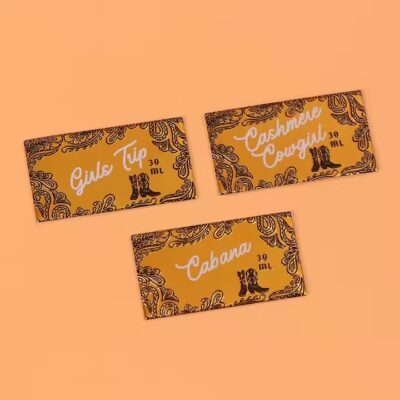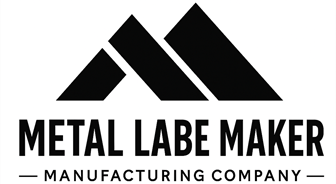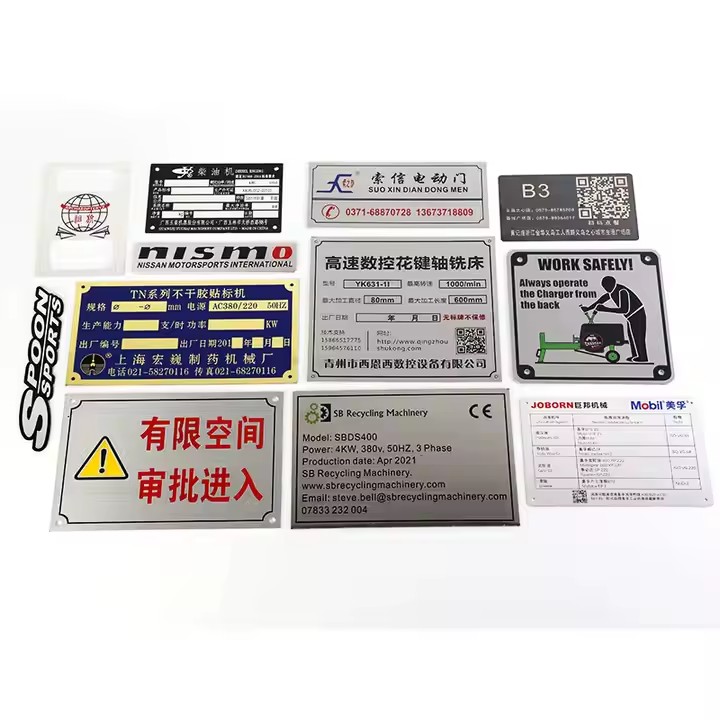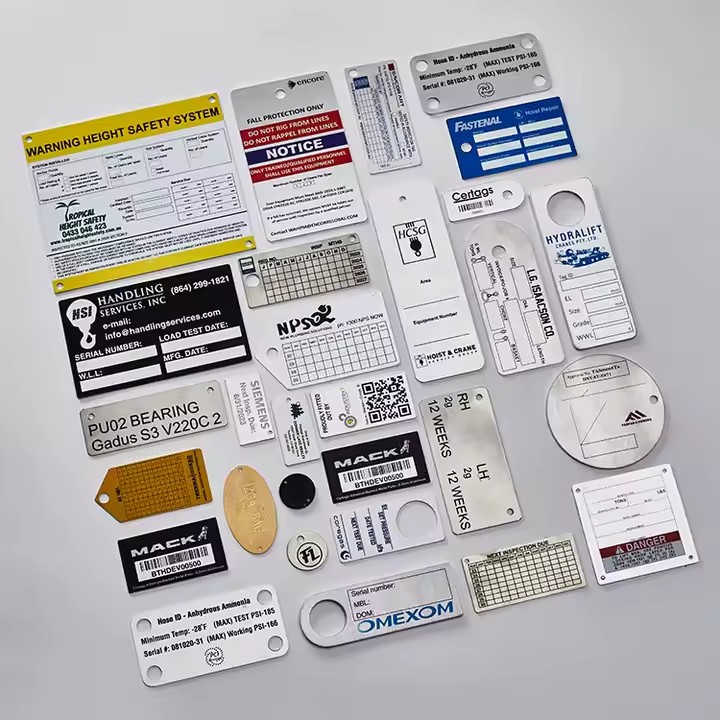Application of Laser Etching Technology in Aluminum Labels
Laser etching technology has revolutionized the way aluminum labels are produced, offering unparalleled precision, durability, and flexibility. This technique uses a focused laser beam to permanently mark the aluminum surface, creating detailed and high-resolution designs that withstand harsh environments. Here’s an overview of how laser etching is applied in aluminum label production and its key benefits.
1. What is Laser Etching?
Laser etching involves using a high-powered laser to remove a thin layer of the aluminum surface, engraving the desired text, logo, serial number, or design onto the label. Unlike printing, laser etching produces permanent markings that do not fade, peel, or wear off easily.
2. Advantages of Laser Etching on Aluminum Labels
-
High Precision and Detail: Laser etching allows for intricate designs, fine text, and detailed logos that other methods cannot easily achieve.
-
Durability: The etched markings are resistant to abrasion, chemicals, and extreme weather conditions, ensuring long-lasting readability.
-
Speed and Efficiency: Laser etching is a fast process that can be automated for large production runs without compromising quality.
-
Environmentally Friendly: Since it doesn’t use inks or chemicals, laser etching is a cleaner, more sustainable process.
-
Versatility: Suitable for various aluminum finishes, including anodized, brushed, or polished surfaces.
3. Common Applications of Laser-Etched Aluminum Labels
-
Industrial Equipment: Durable identification plates, serial number tags, and safety labels.
-
Electronics: Branding and regulatory labels that require clear and permanent markings.
-
Automotive: Parts identification and certification labels that endure harsh operating conditions.
-
Medical Devices: Traceability and compliance labels that meet strict industry standards.
-
Decorative Uses: Custom engraved plaques, awards, and branding elements with a premium look.
4. Considerations When Using Laser Etching
-
Design Complexity: While laser etching excels at fine detail, overly complex 3D designs may require additional processing.
-
Surface Preparation: Clean, smooth surfaces yield the best etching results; anodized or coated surfaces might need special adjustments.
-
Material Thickness: Thicker aluminum sheets can handle deeper etching for enhanced contrast and tactile feel.
Conclusion
Laser etching technology significantly enhances the functionality and aesthetics of aluminum labels by providing permanent, precise, and durable markings. Whether for industrial identification, branding, or decorative purposes, laser-etched aluminum labels offer a high-quality solution that stands the test of time and environment.







